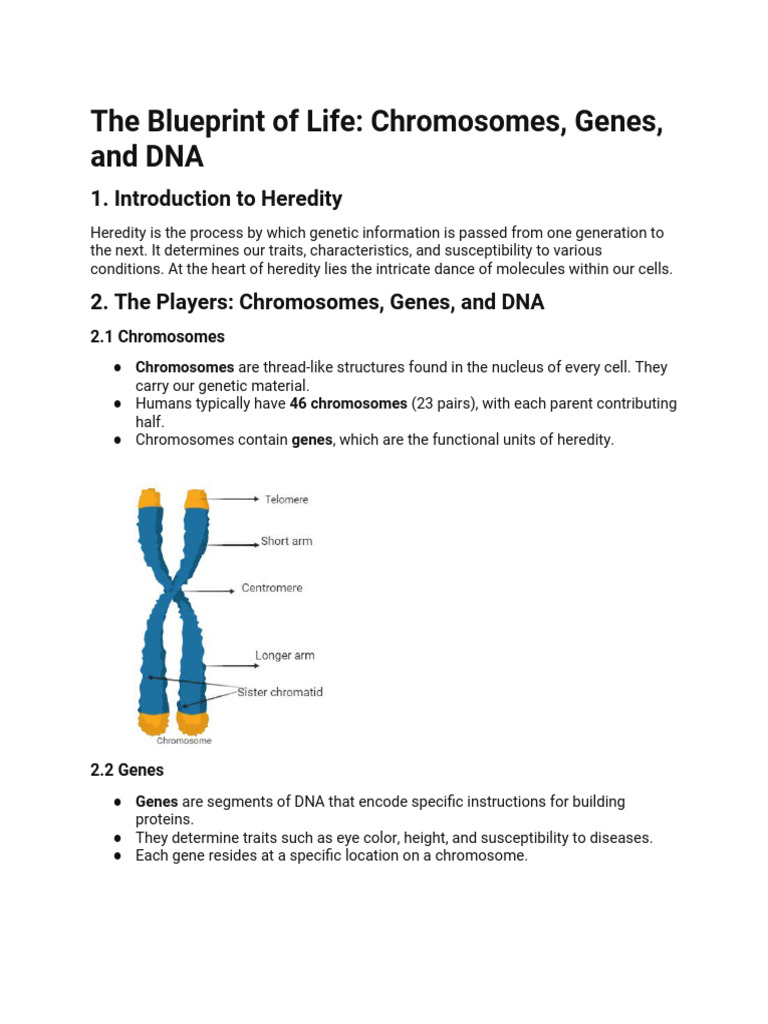How many genes do humans possess? This question, while seemingly straightforward, delves into the intricate tapestry of human genetics. It poses an intriguing challenge to both the layperson and the geneticist alike. How can one delineate the essence of what makes us human through our genetic blueprint? This exploration will examine not only the quantifiable aspect of human genes but also the qualitative nuances that encapsulate the human experience.
To start, the human genome comprises approximately 20,000 to 25,000 genes. These are sequences of DNA that carry the instructions necessary for building and maintaining an organism. Historically, it was posited that humans could have as many as 100,000 genes, a groundwork laid by early geneticists who equated genetic complexity with gene quantity. However, genomic research has refined this estimate significantly. What accounts for this initial overestimation? A cogent exploration of gene function and regulation elucidates the matter.
Genes are often mistaken as isolated units of heredity. In reality, they exist within a complex network of regulatory elements that govern their expression. One gene may have multiple functions, influenced by external factors and environmental stimuli, thereby complicating the simple quantitative assessment of genes. For instance, the expression of a single gene can yield different outcomes in distinct developmental contexts or environmental conditions. This variability underscores the necessity of understanding genes not just as static entities but as dynamic participants in an ongoing biological dialogue.
Moreover, the concept of gene regulation introduces a compelling layer of complexity. Gene regulation mechanisms ensure that genes are expressed at the right times, in the right amounts, and under the appropriate circumstances. Transcription factors, enhancers, and epigenetic modifications play crucial roles in this regulatory framework. This means that while we may have around 20,000 to 25,000 genes, the potential variations in gene expression can lead to an almost unfathomable diversity of phenotypes. Scientists have observed that a single gene can code not only for enzymes and proteins but also for intricate behaviors and predispositions to diseases.
The intricacies of the human genome also illuminate the concept of non-coding DNA, which comprises roughly 98% of our genetic material. This non-coding DNA was historically dismissed as “junk DNA,” a label that has since been debunked. Recent research has revealed that these segments can harbor essential regulatory elements, play a role in chromosomal organization, and even contribute to the genomic architecture that supports gene expression. In effect, non-coding DNA becomes an unsung hero in the orchestra of genetic activity, facilitating nuanced interactions that transcend mere gene count.
Outside the realm of sheer numbers, the examination of genetic variation invites further contemplation. Each human genome is a mosaic of alleles—variations of genes that arise due to mutations over time. The Human Genome Project has meticulously mapped these variations, providing insights into genetic diversity among populations. For example, the single nucleotide polymorphism (SNP) acts as a genetic marker that can elucidate differences in susceptibility to diseases or responses to pharmacological treatments. This knowledge can bridge gaps in precision medicine and illuminate personalized therapeutic pathways.
The interplay between genes and the environment is an equally prodigious aspect of the discussion. The field of epigenetics explores how external factors such as lifestyle choices, stress, and exposure to toxins can lead to heritable changes in gene expression. Such insights have profound implications. They challenge the static notion of genes being the sole determinants of our fate, introducing instead a paradigm in which our choices and environments intertwine with our genetic predisposition, crafting a unique narrative for each individual.
Interestingly, the study of genetics has also permeated into the domain of anthropology, providing a deeper understanding of human evolution and migration. By examining genetic markers, researchers can trace ancestral lineages and uncover the migratory patterns that have shaped human populations over millennia. The genetic heritage we carry serves as a testament to our shared history and interconnectedness, thereby enriching our comprehension of what it means to be human.
As we venture further into the 21st century, the advancements in gene-editing technologies, such as CRISPR-Cas9, present yet another layer to this ongoing discourse. The ability to modify genes raises ethical questions about the implications of altering the fundamental building blocks of life. It invites a reconsideration of genetic determinism and whether the manipulation of the genetic blueprint can be used for enhancement versus treatment of genetic disorders. The dialogue surrounding the ethical ramifications of such advancements may ultimately redefine the essence of what it means to evolve as a species.
In summation, the inquiry into how many genes humans have reveals a staggering depth that transcends mere numerical quantification. The human genome, with its 20,000 to 25,000 genes, weaves a narrative that encompasses a myriad of regulatory mechanisms, the influence of non-coding DNA, genetic variation, and the interplay with environmental factors. This intricate tapestry is not just a biological ledger; it encapsulates the essence of human experience, evolution, and the moral quandaries that accompany our advancing understanding of genetics. Moving forward, such an exploration will not only augment our scientific knowledge but also deepen our philosophical discourse on the meaning of humanity itself.
